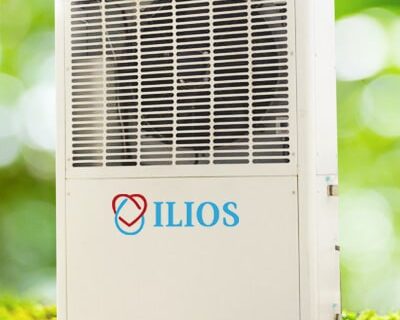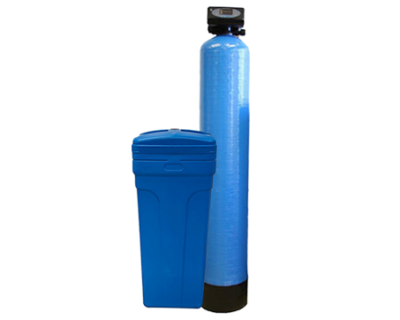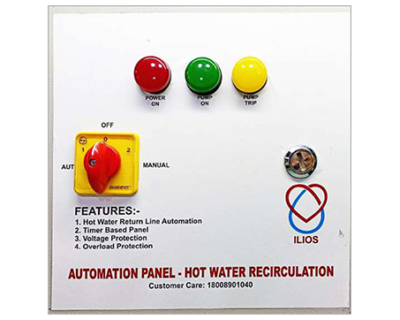Blog

Automate Your Aquarium with a Return Pump Automation: Simple Steps to Get Started
If you’re an aquarium enthusiast, you know how crucial a return pump automation is for your tank. It’s the heart of your filtration system, keeping the water clean and the environment healthy for your aquatic friends. But have you ever thought about automating your return pump? Automation can save you time, ensure consistent water flow, and protect your fish from sudden changes in their habitat. In this blog, we’ll discuss how to automate your return pump in simple steps.

What is a Return Pump automation?
A return pump automation is a device used mostly in aquariums to move water from the sump (a separate tank below the main aquarium) back into the main tank. It helps maintain water circulation, which is essential for oxygenation and the overall health of the tank.
Why Automate Your Return Pump Automation?
- Consistency: Automation ensures that your pump runs at consistent intervals, maintaining a stable environment.
- Convenience: You won’t need to manually switch the pump on and off.
- Safety: Automation can prevent overheating or power surges that might harm your fish.
- Efficiency: It can help save energy by running the pump only when necessary.
Getting Started with Return Pump Automation
Choose the Right Equipment
To automate your return pump automation, you’ll need a few key pieces of equipment:
- Return Pump: Ensure it’s suitable for your tank size.
- Controller: A device that will manage the pump’s operation.
- Sensors: These detect water levels and other parameters.
- Power Supply: A reliable source to power your pump and controller.
Set Up the Controller
The controller is the brain of your automation system. Here’s how to set it up:
- Installation: Follow the manufacturer’s instructions to install the controller. Place it in a dry, accessible location.
- Programming: Use the controller’s interface to set up operation schedules. For example, you might program it to run the pump every hour for 10 minutes.
Install Sensors
Sensors play a crucial role in automation by providing real-time data to the controller. Common sensors include:
- Water Level Sensors: These detect if the water level is too high or too low.
- Temperature Sensors: Keep an eye on the water temperature to avoid overheating.
Connect Everything
Connect the return pump to the controller and sensors. Make sure all connections are secure to avoid any malfunctions.
Test the System
Before relying on your new setup, thoroughly test it:
- Run Initial Tests: Manually trigger the pump to see if it responds correctly to the controller and sensors.
- Monitor Performance: Observe the system for a few days to ensure everything is working smoothly.
Benefits of a Fully Automated System
- Peace of Mind
Knowing that your return pump is running correctly and consistently can give you peace of mind. You’ll spend less time worrying about potential issues and more time enjoying your aquarium.
- Energy Savings
Automated systems can be more energy-efficient. By running the pump only when needed, you can reduce your energy bills and your environmental footprint.
- Enhanced Fish Health
A stable and consistent environment is vital for the health of your fish. Automation helps maintain optimal conditions, reducing the risk of disease and stress for your aquatic pets.
- Easy Maintenance
Automation systems can also alert you to potential issues, such as a drop in water level, allowing you to address problems before they become serious.
Tips for Successful Automation
- Regular Maintenance: Even automated systems need regular checks to ensure they are functioning correctly.
- Backup Power: Consider a backup power supply to keep your system running during power outages.
- Stay Updated: Technology changes rapidly. Stay updated with the latest advancements to keep your system efficient.
Conclusion
Automating your return pump automation can transform your aquarium experience. It offers consistency, convenience, safety, and efficiency. By following these simple steps, you can set up an automated system that ensures a healthy and stable environment for your aquatic friends. Happy fish-keeping!
Automating your return pump might seem like a big step, but with the right equipment and a bit of setup, it can make a world of difference for both you and your aquarium.




